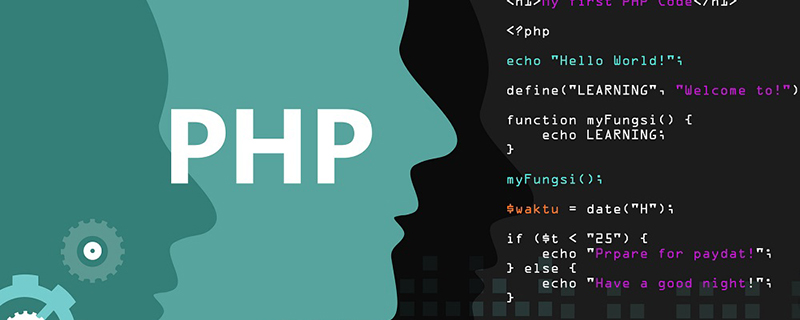Home > Article > Backend Development > How to install and configure Linux PHP 5.5
Linux php5.5 installation and configuration method: first download and install php5.5; then modify the configuration information; finally start through the command "/usr/local/php-5.5.0/sbin/php-fpm" php-fpm".

Recommended: "PHP Video Tutorial"
Installation and configuration of php5.5 under Linux
Install php5.5 under Linux environment (specifically centos 6.6)
First, we need to download and install php5.5
cd /usr/local/src/ wget http://www.php.net/get/php-5.5.0.tar.bz2/from/jp1.php.net/mirror
If the above PHP does not exist Yes, you can go directly to the official download.
Make sure you have installed gd, png, curl, xml and other lib development libraries before installation. If you are not sure, execute the following command:
yum install gcc make gd-devel libjpeg-devel libpng-devel libxml2-devel bzip2-devel libcurl-devel -y
The following parameters are supported, ftp, picture function, pdo, etc. are supported. Because the mysqlnd that comes with PHP is used, there is no need to install additional mysql lib library. If you If it is a 64-bit system, add –with-libdir=lib64 after the parameter. If not, you can skip it.
tar -xjf php-5.5.0.tar.bz2 cd php-5.5.0 ./configure --prefix=/usr/local/php-5.5.0 --with-config-file-path=/usr/local/php-5.5.0/etc --with-bz2 --with-curl --enable-ftp --enable-sockets --disable-ipv6 --with-gd --with-jpeg-dir=/usr/local --with-png-dir=/usr/local --with-freetype-dir=/usr/local --enable-gd-native-ttf --with-iconv-dir=/usr/local --enable-mbstring --enable-calendar --with-gettext --with-libxml-dir=/usr/local --with-zlib --with-pdo-mysql=mysqlnd --with-mysqli=mysqlnd --with-mysql=mysqlnd --enable-dom --enable-xml --enable-fpm make make install
Note: If PHP does not need curl and ftp support, you can remove the above –with-curl –enable-ftp. If you are a professional Linux practitioner, you can choose by looking at the help Your installation parameters, if you are not, I suggest you copy and paste my configuration parameters directly. This will save you some detours.
PHP has been installed, let’s start configuring PHP
cp php.ini-production /usr/local/php-5.5.0/etc/php.ini cp /usr/local/php-5.5.0/etc/php-fpm.conf.default /usr/local/php-5.5.0/etc/php-fpm.conf
In fact, we just use a configuration it provides us by default. Of course, you can also modify the configuration information according to your own needs, and then start php-fpm
/usr/local/php-5.5.0/sbin/php-fpm
Execute the above command, if no error is reported, it is normal In this case, it means that the startup is normal. If you are not sure, you can also judge whether PHP is started through the port
netstat -lnt | grep 9000 tcp 0 0 127.0.0.1:9000 0.0.0.0:* LISTEN
or:
ps -ef | grep php-fpm root 3321 1 0 14:33 ? 00:00:00 php-fpm: master process (/usr/local/php-5.5.0/etc/php-fpm.conf) nobody 3322 3321 0 14:33 ? 00:00:00 php-fpm: pool www nobody 3323 3321 0 14:33 ? 00:00:00 php-fpm: pool www root 3325 3059 0 14:33 pts/0 00:00:00 grep php-fpm
If a result similar to this appears, it means that our PHP is installed.
The above is the detailed content of How to install and configure Linux PHP 5.5. For more information, please follow other related articles on the PHP Chinese website!